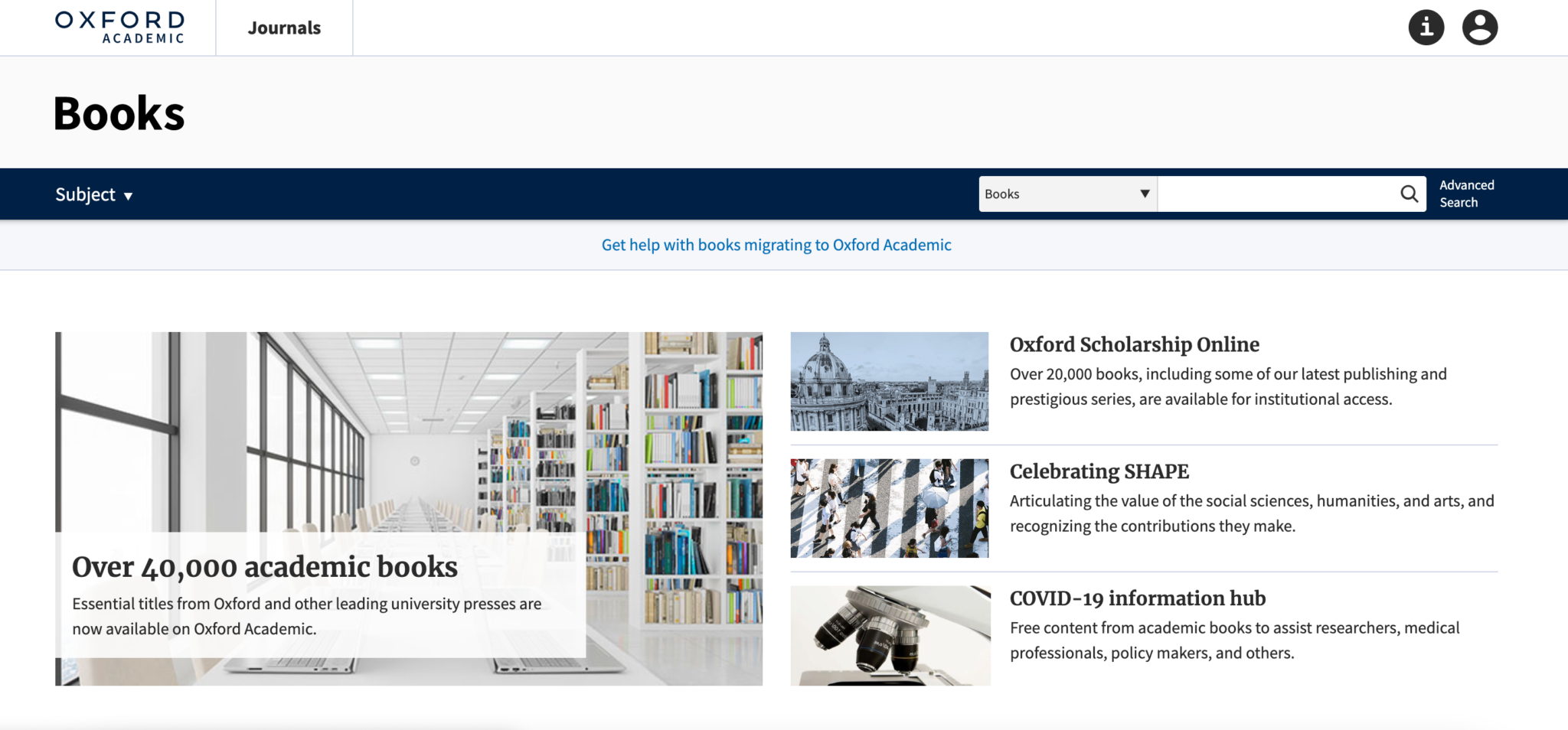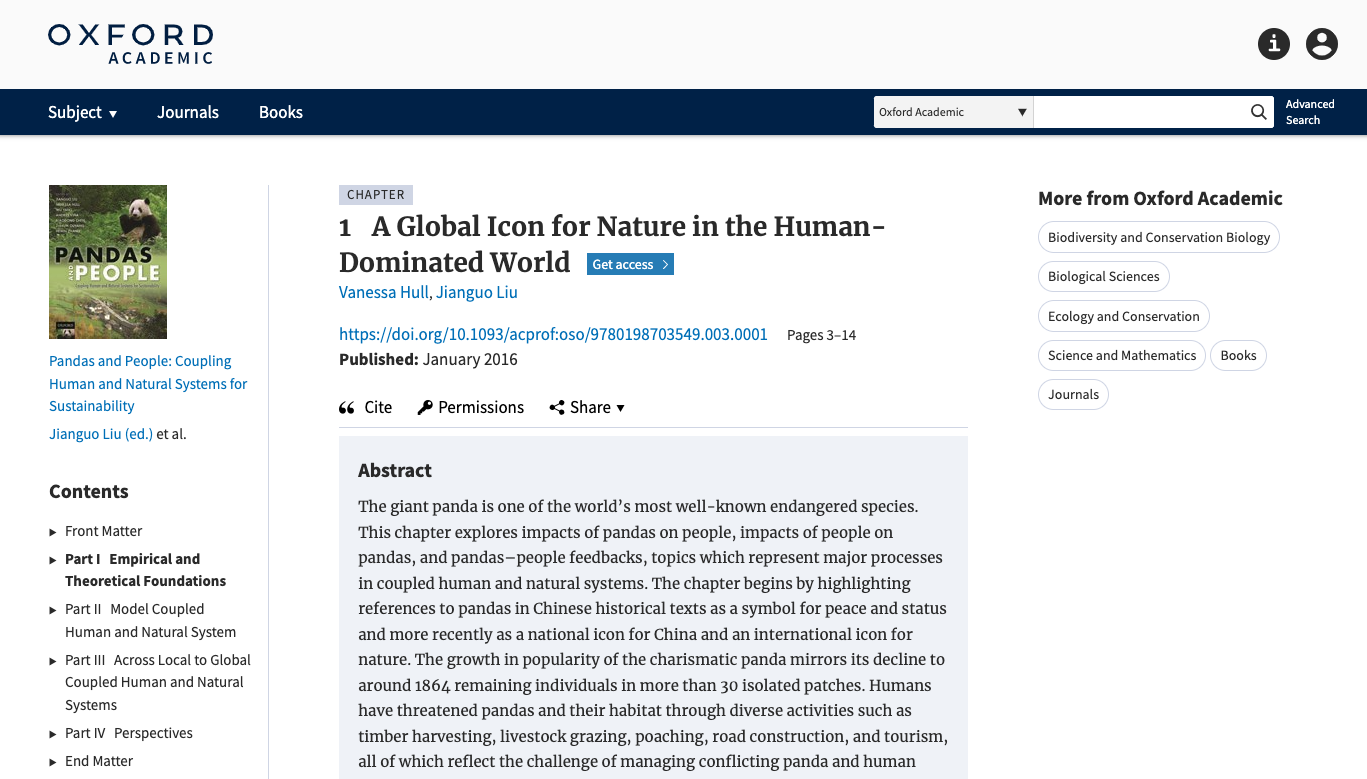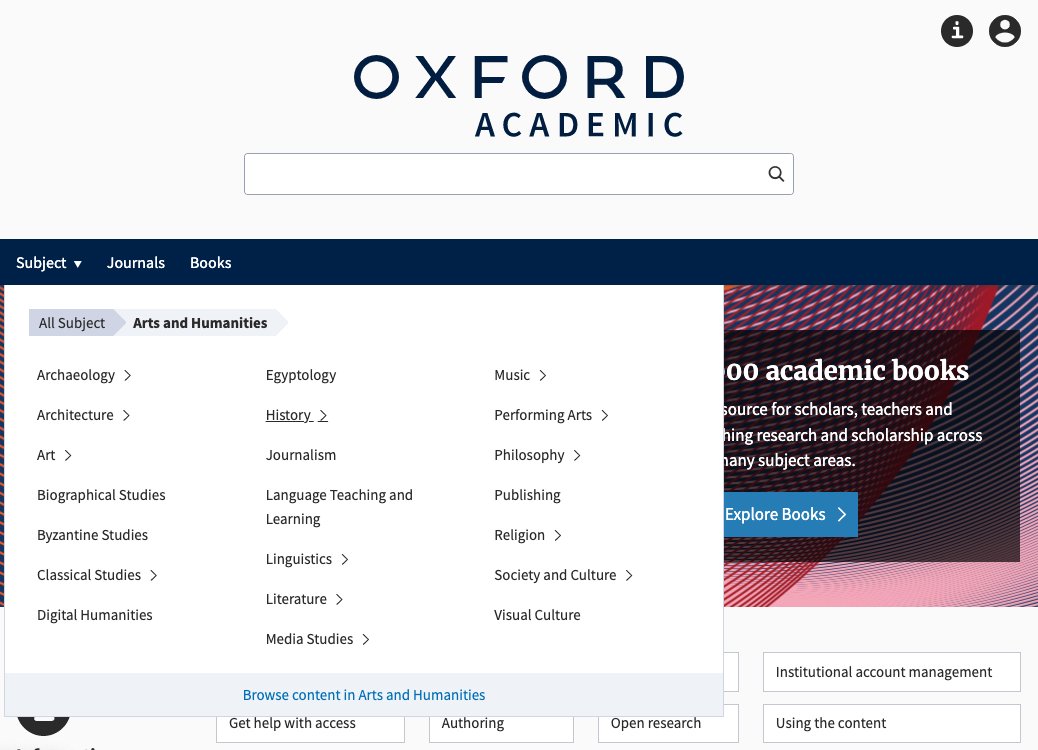Oxford University Press (OUP) is a department of the University of Oxford. It furthers the University’s objective of excellence in research, scholarship, and education by publishing worldwide. OUP is the world’s largest university press with the widest global presence. It currently publishes thousands of new publications a year, has offices in around fifty countries, and employs approximately 6,000 people worldwide.
In July of 2022, OUP launched its books content on Oxford Academic—the online platform for its academic research, hosted by Silverchair—uniting more than 42,000 books and over 500,000 chapters with the 500 journals and approximately 3 million journal articles already hosted on the platform. Now, researchers, medical practitioners, librarians, and more can easily access research from OUP and its partners while enjoying a consolidated, consistent user experience. (Watch a video about the migration here.)

The challenge
Having books and journals hosted on different platforms creates challenges around discoverability, access for institutions and individuals, and user experience. When OUP originally selected Silverchair as their platform hosting partner, unifying their content on a single platform was a key part of their long-term digital strategy. Both teams worked iteratively toward that goal, with journals launching on the platform in 2017.
While Silverchair has long been in the business of supporting online journal content, developing a full feature set to support online books presented some unique technical challenges, including autogenerating PDFs based on full-text book content, allowing more granular tagging and display of contributors to highlight their specific roles, and leveraging the access control system used by Oxford Academic to support new subscription and product models. Beyond technology challenges, the project also presented challenges in process due to its scale. OUP and Silverchair anticipated that it could be difficult to track defined requirements to specific tickets and user stories of completed features and functionality because of the volume of work undertaken.

Book pages feature a left-hand full-book TOC and right-hand taxonomy-based widget to encourage users to explore similar content
The process
Fortunately, Silverchair and OUP had already worked closely on the build and launch of OUP’s journals, and those learnings helped the team to collaborate on solving these challenges together for a successful migration. The teams established and continually refined their shared ways of working, allowing them to efficiently and clearly define scope for feature sets large and small, as well as surface feedback early on in the development process.
One way of eliciting feedback early on was the introduction of a sprint review demo, taking place at the end of the development phase, before features move to the staging environment. Since Silverchair releases code every three weeks, this meant that OUP and the Silverchair development teams were able to surface feedback early and often while hearing directly from one another about the motivation behind requirements and decisions. The teams also engaged in weekly “user story” meetings to address questions, finalize requirements, and unblock stuck tickets. The sense of collaboration was described by Silverchair Program Director Heather Wright as “phenomenal.” She added: “During those meetings, Business Analysts on both teams drove conversations about what we were trying to get out of each feature and how we could structure the development to get the best results.”
Toward the end of the project, OUP moved to a retained team model, under which Silverchair dedicates key delivery, development, and quality assurance resources to a single client, with an agreed amount of capacity available within each Agile program increment. This model eliminates the need for SOWs for each project, removing delays and complexity. The retained Silverchair team works closely with the client team to build out new features and to provide business-as-usual support. This model allowed the team to function more quickly and with more agility as the team approached launch, since new requests could be incorporated flexibly without additional contracts.
David Nordbrock, Director of Agile Practices, said, “The retained team model allows teams to go from idea to working software faster. It allows our teams to review & incorporate feedback and to be truly agile in making iterative changes, instead of focusing on a single deliverable. From the client side, it gives them more control over where we’re going, and to learn and adapt as the project progresses.”

Taxonomy tree tool added to site menu for browsing-based navigation
The solution
Now, books from Oxford Scholarship Online, University Press Scholarship Online, Oxford Handbooks Online, Oxford Medicine Online, Oxford Clinical Psychology, the AMA Manual of Style, and Very Short Introductions sit alongside OUP’s journals on the Oxford Academic platform. Users can also find content published on behalf of OUP’s partners on their own dedicated sites, and selected series have dedicated series pages where users can navigate to individual books.
Users can now search across the growing body of three million journal articles, 500,000 book chapters, and two million images and multimedia in one place. Searches can be refined by availability, format, taxonomy-based subjects, series, partner press, and more.
Other notable features of the Oxford Academic platform include:
- Downloadable MARC records & KBART file bundles for librarians and other institutional administrators
- Split-screen view for figures, tables, and more
- Auto-generated PDFs for fulltext chapters
- Use of “collection” sites to host books and families of journals
As with all Silverchair clients, OUP’s platform will be further expanded and updated over time to provide the most effective and accessible service for users and customers. The next stage of OUP’s content unification project will target reference books. The continued expansion of the Oxford Academic platform furthers the reach of academic resources from OUP and society partners, enabling users to rapidly share and seamlessly connect ideas that advance research.
“OUP now has a sleek and elegant platform, bringing together OUP’s (as well as our Partners’) superb content. The Silverchair team built an exquisite platform and integrated it with a new access control system to support both our books and journals. Their dedication, perseverance, and exemplar effort was critical in this achievement.” —Eric Witherow, Director, Online Content Development, Oxford University Press
“Scholarly publishing is becoming increasingly digital and this migration is an important step in realising our potential as a digital-first publisher. By implementing new digital tools to access and share research faster, we are increasing our reach as a publisher, which, as part of a major research university, enables us to continue to be at the forefront of cutting-edge research. I look forward to seeing the impact of the new Oxford Academic platform for authors, librarians, and, of course, readers.” —David Clark, Managing Director, Academic, OUP